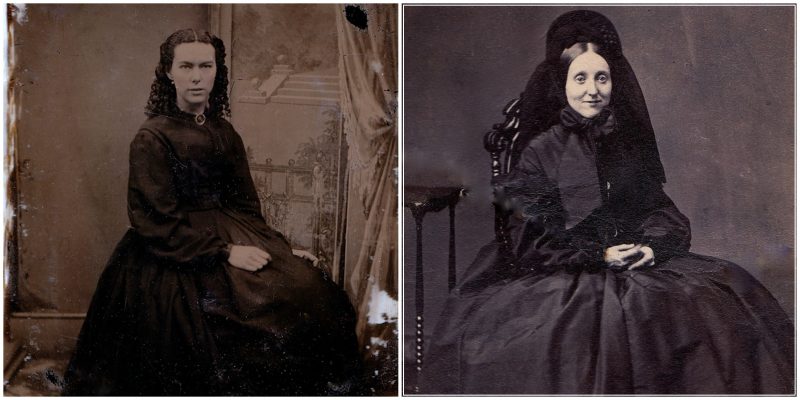Mourning the dead in the Victorian age was a very strict and formal event with many rules and regulations.
By the 19th century, mourning behaviour in England had developed into a complex set of rules, particularly among the upper classes. For women, the customs involved wearing heavy, concealing, black clothing, and the use of heavy veils of black crêpe. The entire ensemble was colloquially known as “widow’s weeds” (from the Old English waed, meaning “garment”).
Special caps and bonnets, usually in black or other dark colours, went with these ensembles. There was special mourning jewelry, often made of jet. Jewelry was also occasionally made from the hair of the deceased. The wealthy would wear cameos or lockets designed to hold a lock of the deceased’s hair or some similar relic.
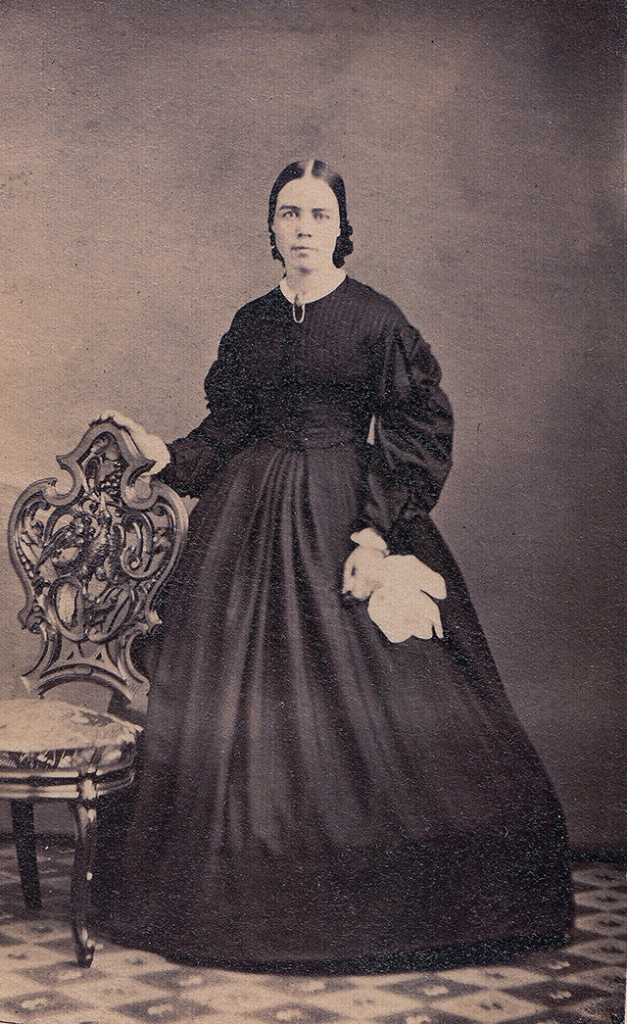
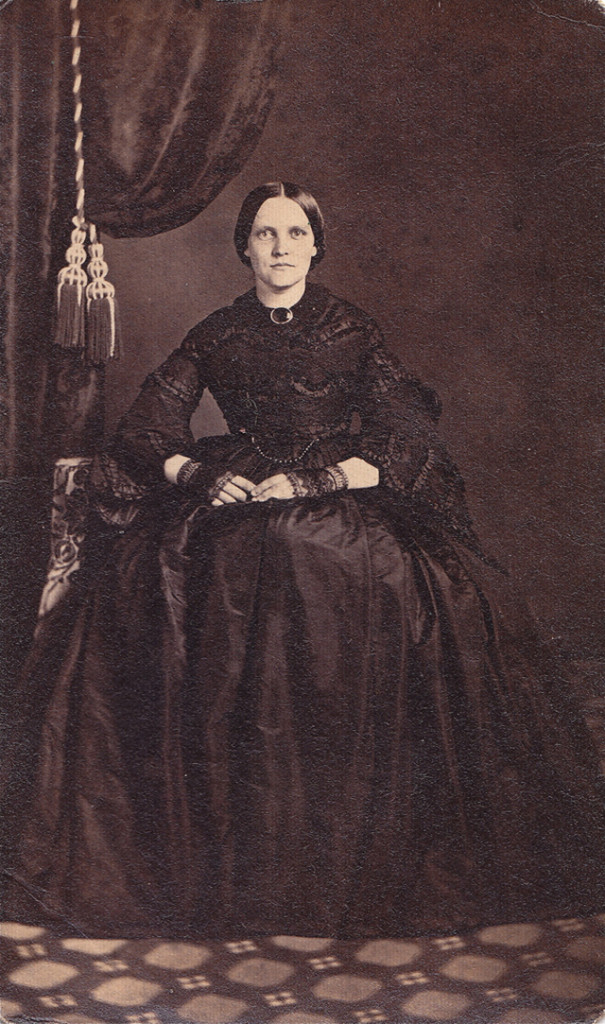
Widows were expected to wear special clothes to indicate that they were in mourning for up to four years after the death, although a widow could choose to wear such attire for the rest of her life. To change the costume earlier was considered disrespectful to the deceased and, if the widow was still young and attractive, suggestive of potential sexual promiscuity. Those subject to the rules were slowly allowed to re-introduce conventional clothing at specific time periods; such stages were known by such terms as “full mourning”, “half mourning”, and similar descriptions. For half mourning, muted colours such as lilac, grey and lavender could be introduced.
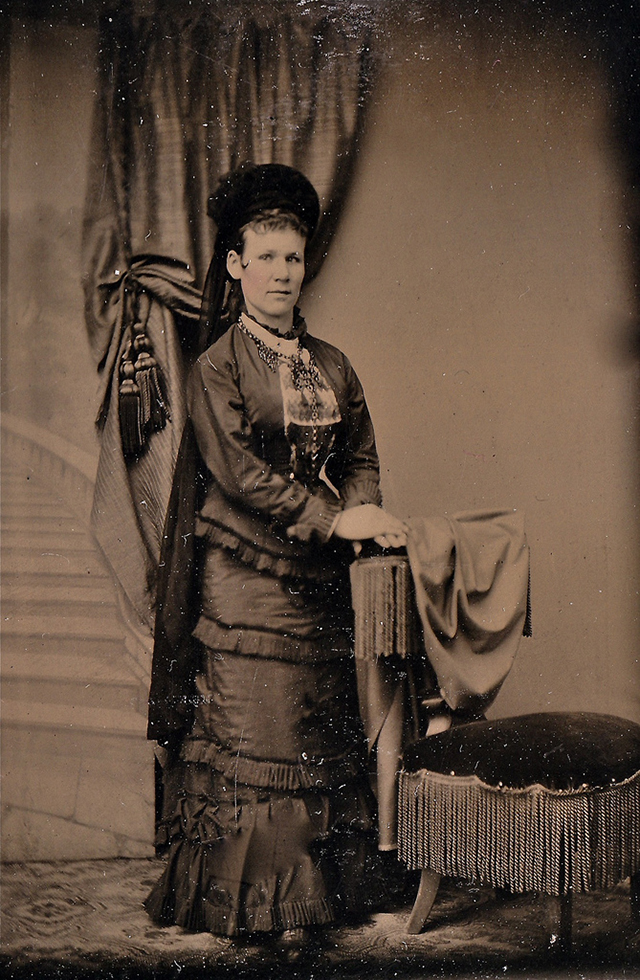
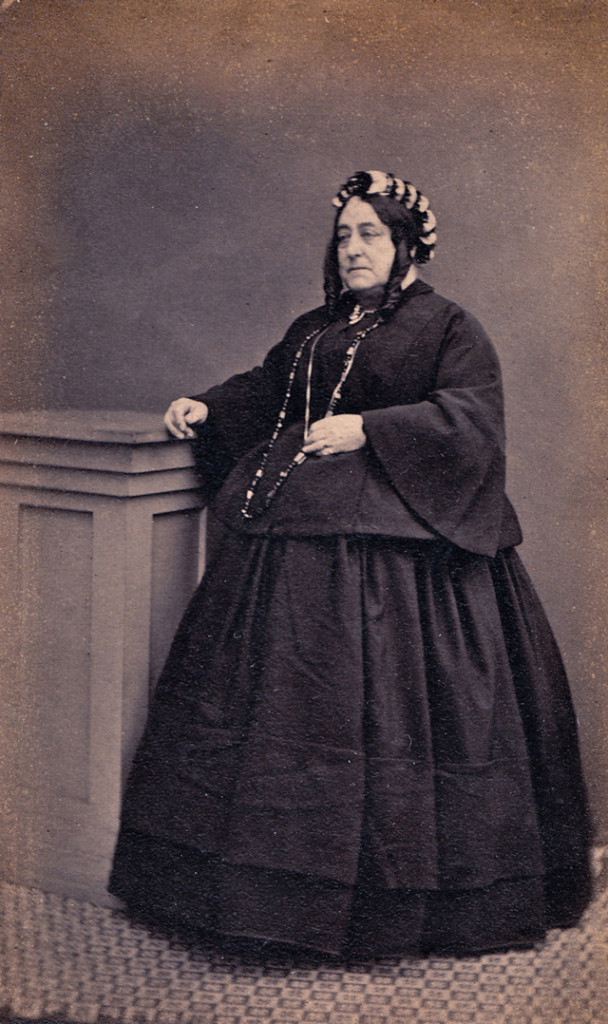
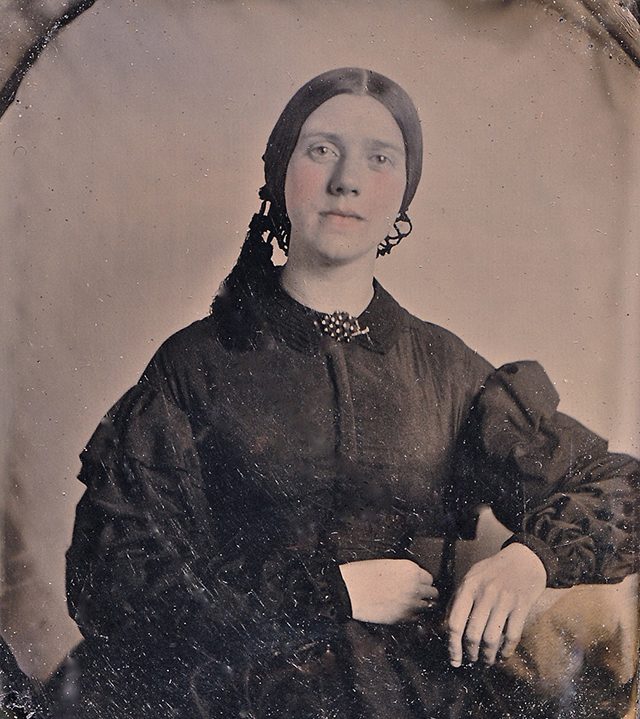
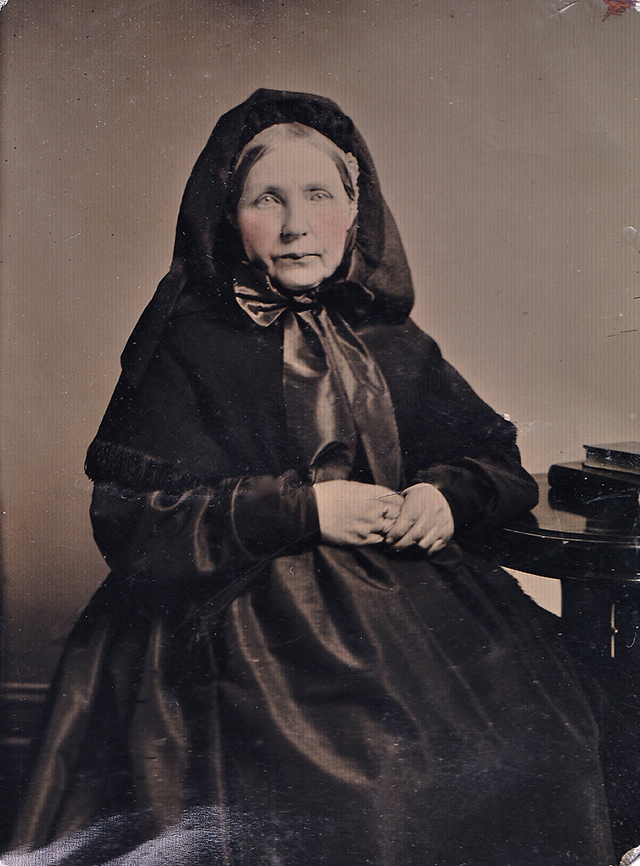
Friends, acquaintances, and employees wore mourning to a greater or lesser degree depending on their relationship to the deceased. Mourning was worn for six months for a sibling. Parents would wear mourning for a child for “as long as they feel so disposed”. A widow was supposed to wear mourning for two years and was not supposed to enter society for twelve months. No lady or gentleman in mourning was supposed to attend social events while in deep mourning. In general, servants wore black armbands when there had been a death in the household.
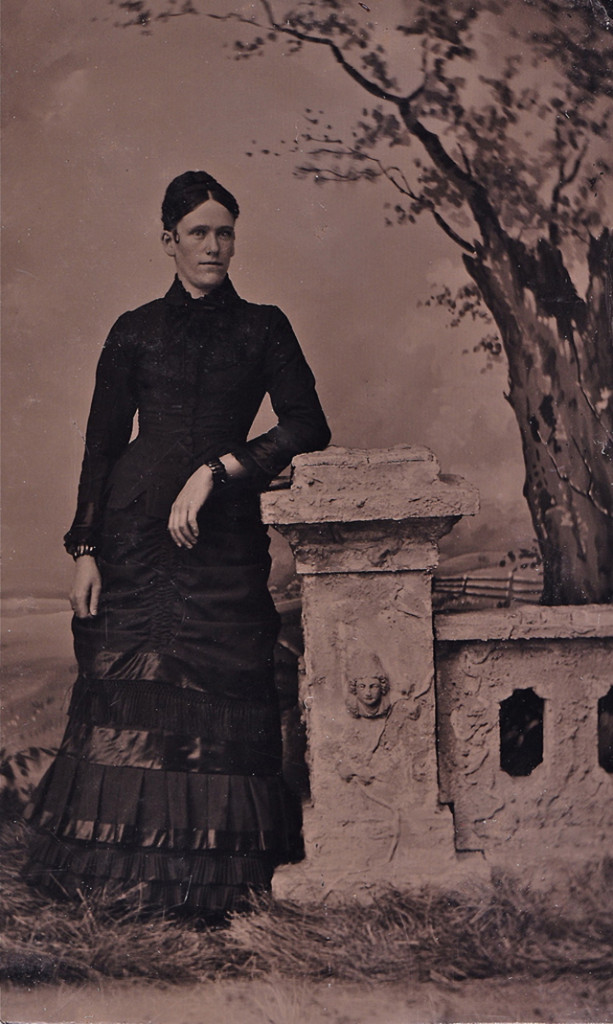
However, amongst polite company the wearing of a simple black armband was seen as appropriate only for military men, or others compelled to wear a uniform in the course of their duties – a black arm band instead of proper mourning clothes was seen as a degradation of proper etiquette and to be avoided.In general, men were expected to wear mourning suits (not to be confused with morning suits) of black frock coats with matching trousers and waistcoats. In the later interbellum period between World War I and World War II, as the frock coat became increasingly rare, the mourning suit consisted of a black morning coat with black trousers and waistcoat, essentially a black version of the morning suit worn to weddings and other occasions, which would normally include colored waistcoats and striped or checked trousers.
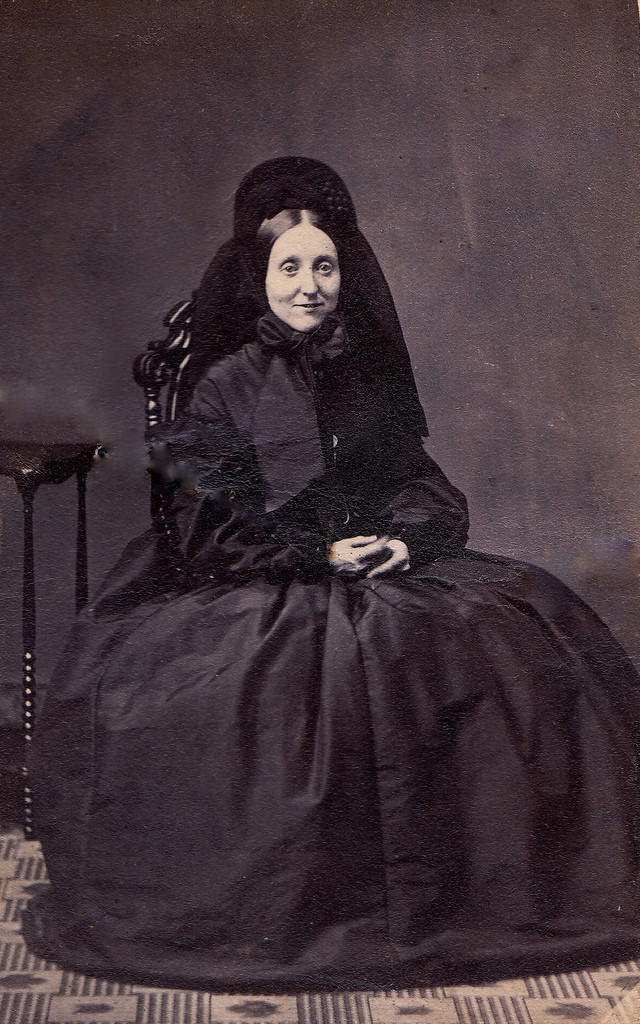
Victorians were also very superstitious when it comes to death and mourning period. So they have assembled a bunch of superstitious rules such as:
It is bad luck to meet a funeral procession head on. If you see one approaching, turn around. If this is unavoidable, hold on to a button until the funeral cortege passes.
Stop the clock in a death room or you will have bad luck.
If you hear a clap of thunder following a burial it indicates that the soul of the departed has reached heaven
If you don’t hold your breath while going by a graveyard you will not be buried.
If the deceased has lived a good life, flowers would bloom on his grave; but if he has been evil, only weeds would grow. source
Unlike nowadays where anyone can attend a funeral service, in the Victorian age, before attenting a funeral a person must first wait to receive their formal written invitation.
